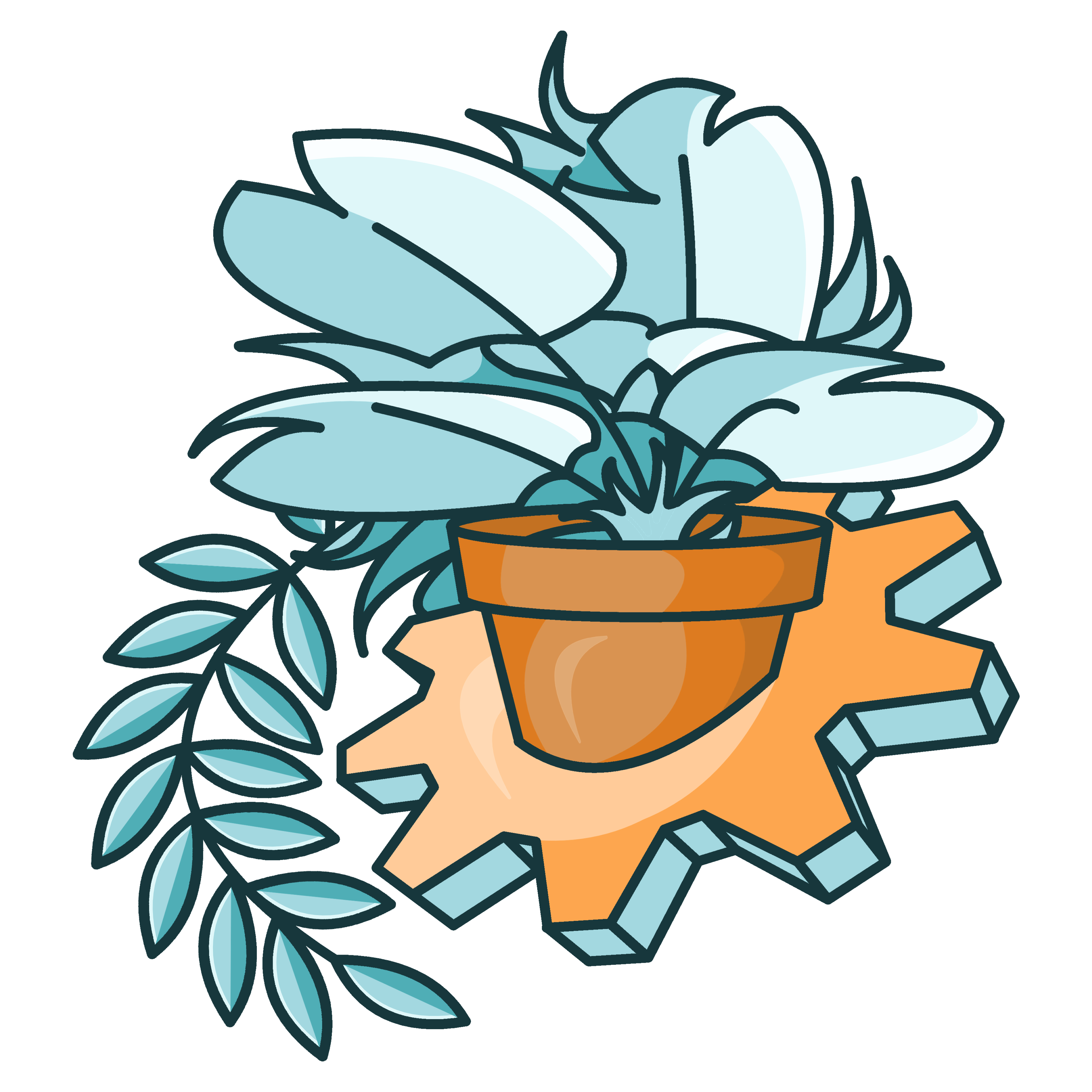The formal demonstration of this project was conducted with the
assistance of a detailed poster, summarizing many of the
Encapsulated Gardening Ground's facets, functions, and
implementation. A link to that more-concise description of the
EGG can be found at the link below:
Encapsulated Gardening Grounds Project Poster
The official UTA blog post regarding this project can also
be found at the following link:
EGG UTA Blog Post
Over the course of my two-semester senior design project, the Encapsulated Gardening Grounds (EGG), I acquired
and applied a range of new technical skills that were essential to the development of the system’s hardware,
structure, and integral embedded systems. The approaches to learning and applying these skills were developed
throughout my journey at UTA, and were pivotal to the successful production of my team’s project. I used this
project as an opportunity to branch out to some concepts and hardware that I have yet to use in order to broaden
my skillsets the best I can. The two most significant areas of growth throughout these semesters were in both
3D modeling and printing, and hardware prototyping with Arduino-based microcontrollers. Both of which were
essential to drive the monitoring and automated controls of the EGG.
Allow me to contextualize the project in general before delving into the ways in which I learned new skills to
create it: The Encapsulated Gardening Grounds, otherwise known as the EGG, is a self-contained gardening system
paired with an interactive desktop application. Each EGG unit features a soil-based growing environment
equipped with sensors for monitoring temperature, humidity, soil moisture, and soil nutrient contents,
considering the Nitrogen, Phosphorous, and Potassium contents of the soil. These readings are logged locally
and can be reviewed through a web interface hosted by the unit itself. A small pump, irrigation, and fan
system—triggered automatically or manually via the application's interface—ensures proper hydration and humidity
control for the growing crops.The system is optimized for short-root plants and designed to be space-efficient,
making it ideal for indoor or limited-space environments., and is aimed towards small-scale urban or indoor
agriculture.
This project was created under the project management process of SCRUM, conducting biweekly
sprints in order to bring the product to life. Throughout its production, proper
documentation was recorded to establish guard rails, deadlines, and ensure team members
contribute to the successful implementation of the product--the EGG.
Below is a download link to all of the relevant files pertaining to this project can be
found below. This includes the previously mentioned documents, in addition to the
Arduino's code and the Assembly's design files:
Encapsulated Gardening Grounds Project Files
Prior to this project, my experience with 3D modeling and printing was minimal. To design and build a compact
enclosure suitable for crop growth and electronic integration, I used Solidworks to model a modular, printable
housing. This required understanding ventilation design, component fitting, and structural strength for
real-world use. I also learned to operate Creality 3D printers to perform this task. Interactive tutorials
online through YouTube videos and tutorial articles enabled my ability to create viable models in this chosen
CAD software, ultimately resulting in a structurally sound prototype.
Similarly, I developed proficiency in Arduino programming using the Arduino IDE and C++-based libraries and
programs. The EGG required the integration of multiple digital and analog sensors, logging real-time values of
things such as soil moisture, humidity, and temperature. Additionally, the chosen Arduino R4 UNO WiFi
controlled automation hardware such as a water pump, SD card data logger, and multiple fans to control
humidity, temperature, soil moisture, etc. I gained experience in using the Arduino and its timers, WiFi
communication, and HTML hosting, providing an interfacable, wireless connection to the microcontroller for our
desktop application developers to use in the creation of our project’s app. Finding valuable libraries to
facilitate all of these controls proved to be a vital investment and learning experience, to take from
open-source libraries to bring the project to life through a microcontroller I had little prior exposure to.
The Arduino’s persistent program can be found alongside the other relevant files in the download link above.
These skills were directly applied throughout the project. My 3D modeling abilities enabled the team to
iterate on multiple structural designs for the EGG itself, ensuring the internal components were protected
and organized, in addition to the encapsulated enclosure for the EGG’s crops. Meanwhile, my microcontroller
programming ensured that all environmental data was captured and logged reliably, and that the desktop
application could easily interface with the system over a WiFi connection. These contributions were
essential to realize the functional and physical requirements of the Encapsulated Gardening Grounds. This
is in addition to my previously established skills, including circuit design and soldering, to further
develop this hardware.
In summary, this project not only allowed me to contribute as the primary hardware/computer engineer, but
also pushed me to develop new, market-relevant skills in embedded systems and mechanical design. The
hands-on nature of the work reinforced theoretical knowledge that I have acquired in my college
experience, and broadened my practical capabilities in interdisciplinary engineering.
